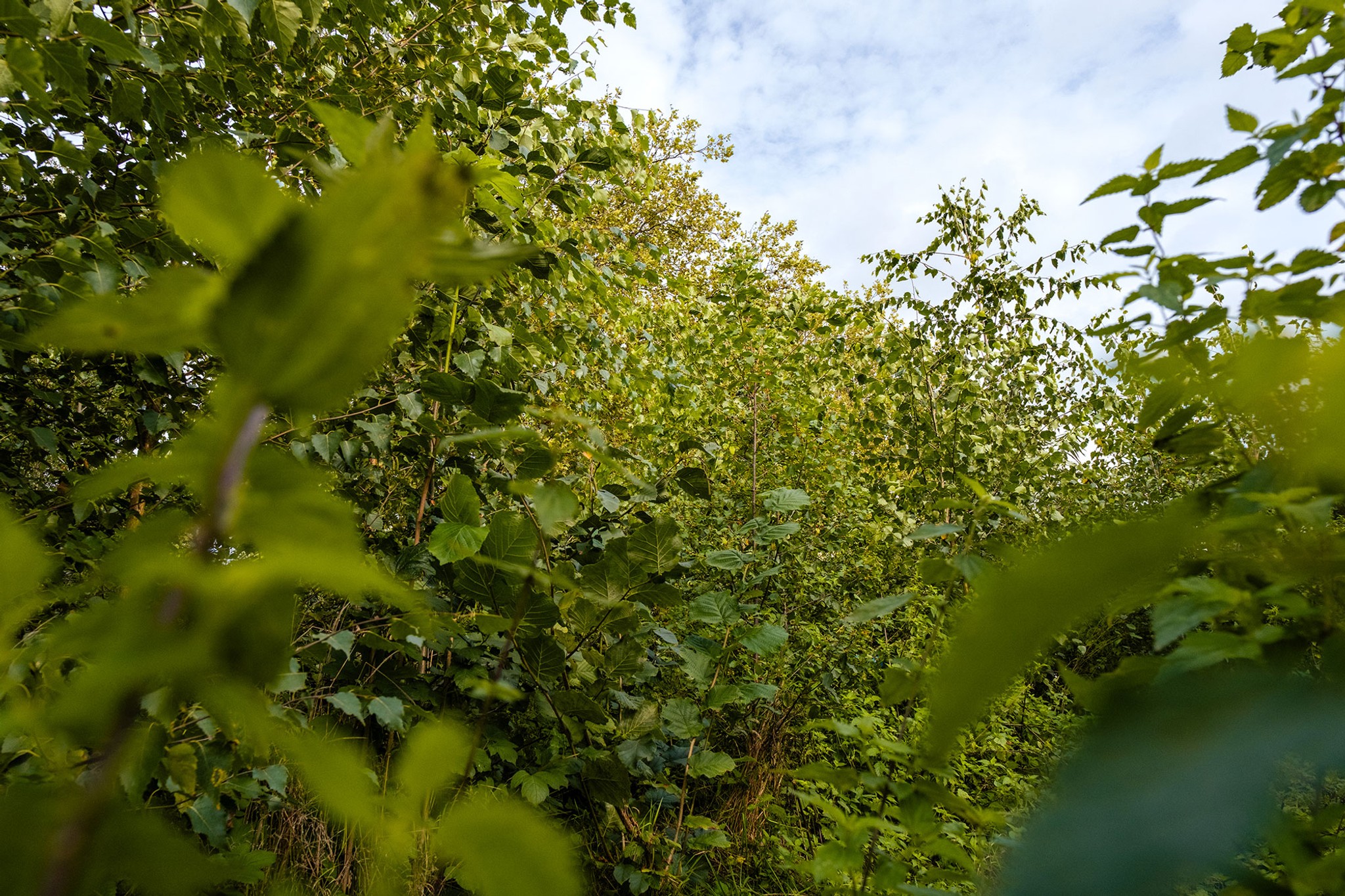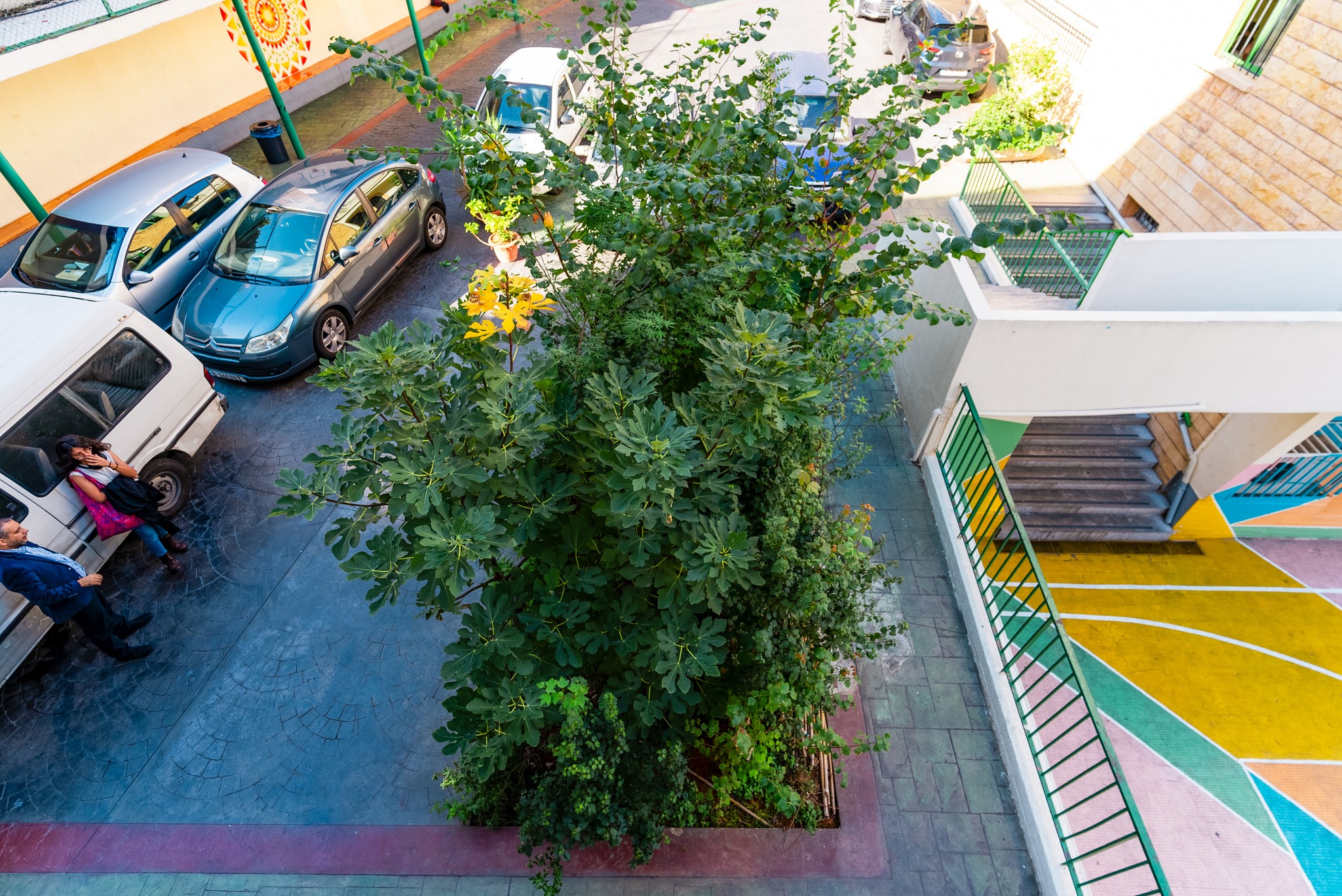Concrete Outweighs the Carbon Mass of Every Tree, Bush, and Shrub on this Planet

The rapid greyification of our cities is causing them to be hit extra hard by the climate crisis.
The Urban Heat Island Effect (UHI) already makes urban areas up to 12°C hotter than surrounding rural areas, and the UHI intensifies as natural land is replaced by non-vegetated areas.
The rise in impervious surfaces is also causing increased surface water runoff and more flash floods.
De Ark | Sint-Niklaas, Belgium — 3 Years
Pocket Forests can reduce rising city temperatures through evapotranspiration and shading. Evapotranspiration happens through vegetation and water bodies. Just like how we breathe, plants transpire and water on the surface of leaves and soils evaporates. The warmer it gets, the more the plants cool the surrounding air. Evapotranspiration, combined with shading, can help reduce peak summer temperatures by 2-9°F (1–5°C).
Pocket Forests can create cool islands, this, in turn, reduces the need for air conditioning. Through energy-saving, as well as other mechanisms such as carbon sequestration, urban green space also helps in climate change mitigation.
Back to Play Forests | Beirut, Lebanon — 2 Years
Vegetated areas also reflect more solar radiation away from the surface than dark, artificial surfaces. We all know that it would be too hot to walk barefoot on the pavement on a sunny day, but not on the grass; this is because, as less solar radiation is absorbed, green spaces have colder surfaces.
Pocket Forests also provide shade, shielding surfaces from further radiation and reducing the energy those surfaces will absorb. Vegetation and canopy cover help cool our neighbourhoods and can provide much-needed relief during heatwaves. People flock to shade during hot days.














